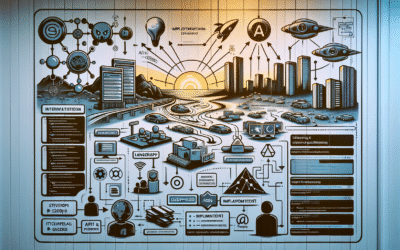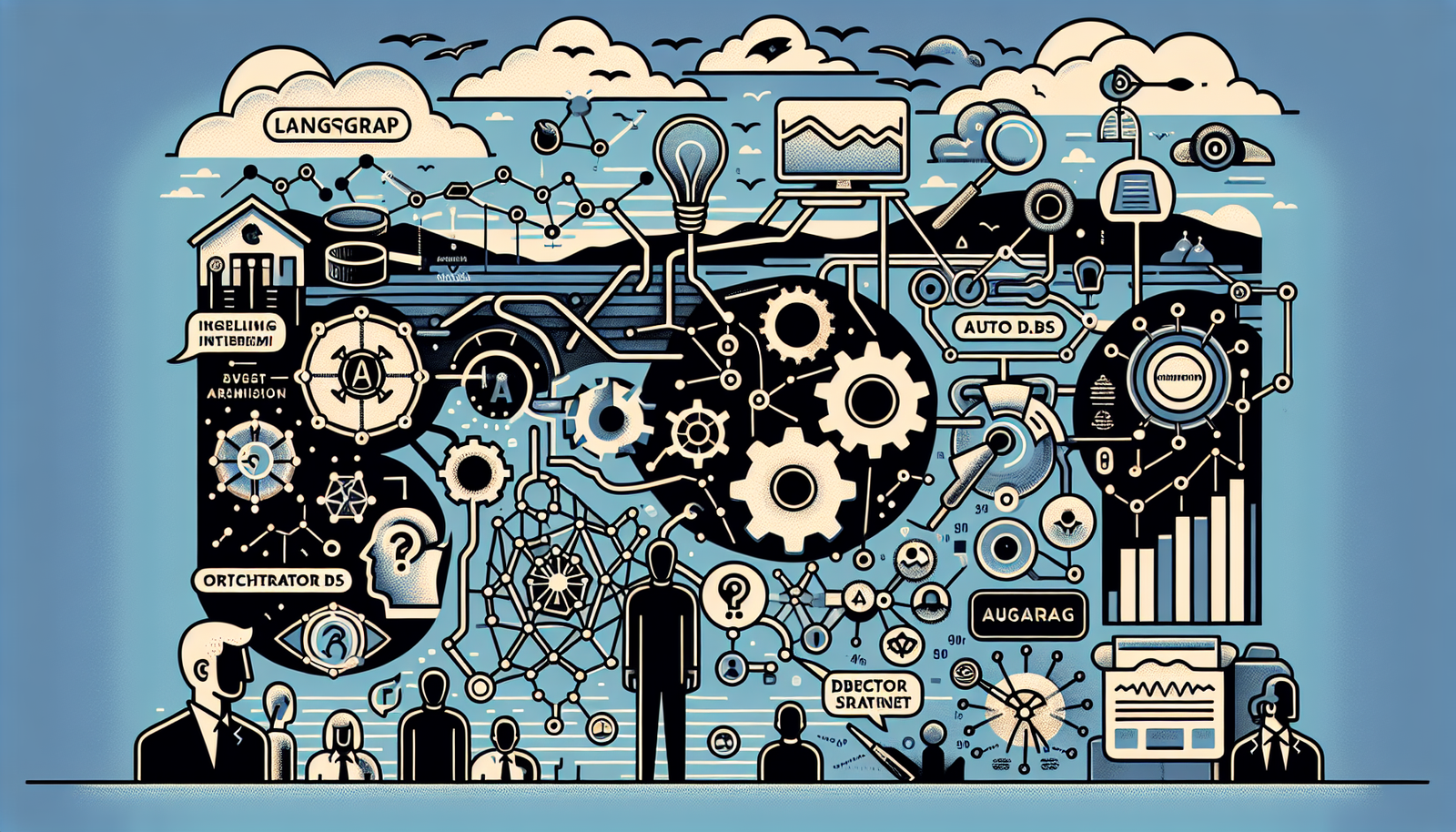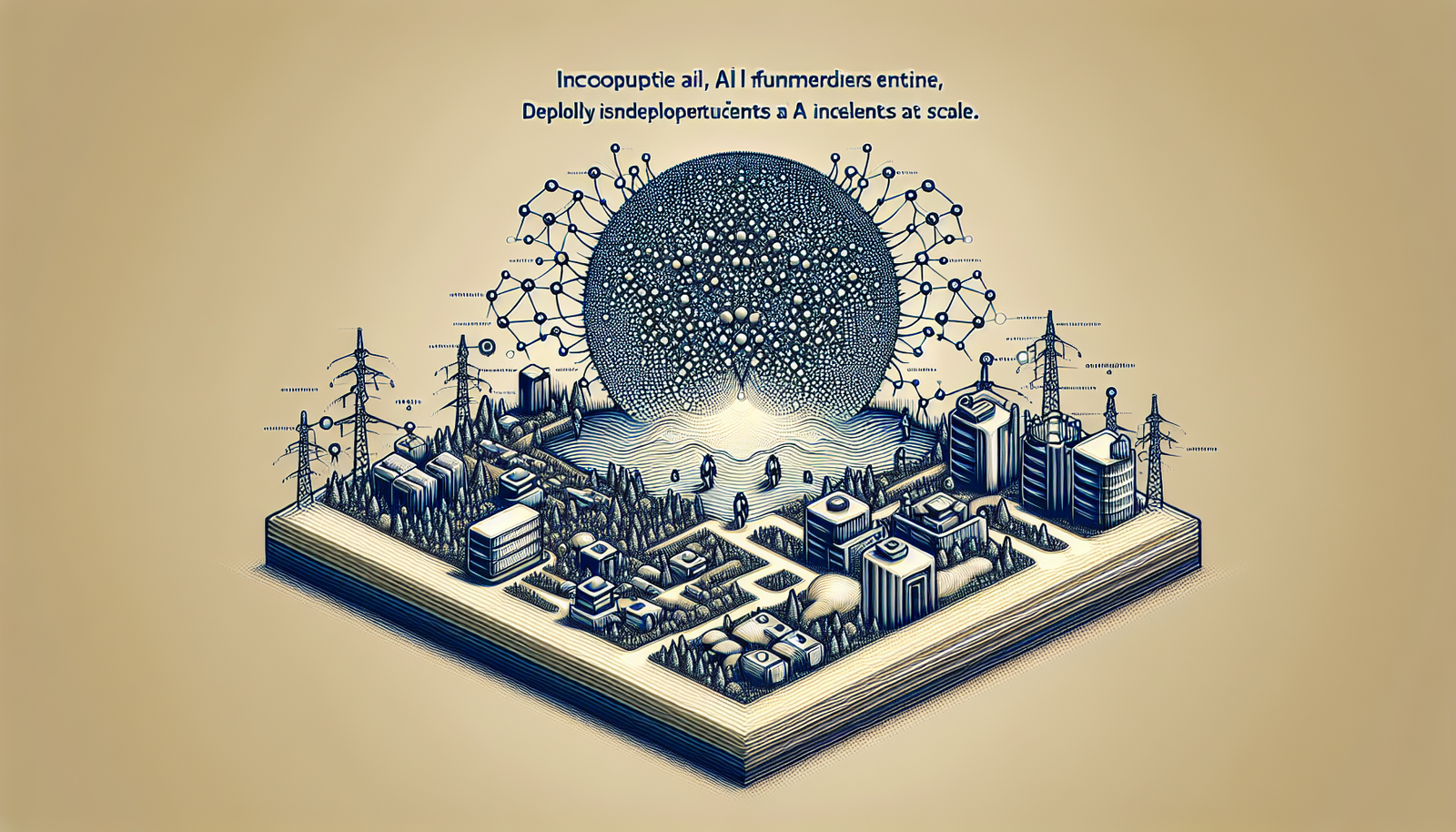Introduction: Choosing an AI Agent Orchestration Platform
As organizations integrate LLMs into their workflows, the need for agent orchestration platforms becomes a pressing architectural decision. Choosing the right AI agent orchestration platform is not merely about performance—it’s about flexibility, developer ergonomics, and long-term maintainability.
Why Orchestration Matters in AI Workflows
Language models alone are powerful but inherently stateless. Orchestration platforms enable stateful compositions, allowing agents to chain tasks, reason over tool outputs, and interact with external APIs. This orchestration is key to scaling from experimentation to production-grade multi-agent systems.
What Is an AI Agent Orchestration Platform?
Definitions and Use Cases
An AI agent orchestration platform provides abstractions to create autonomous or cooperative software agents powered by LLMs. These agents can complete goals via tools, memory, or other agents. Use cases include task automation, RAG (retrieval-augmented generation), document processing, and internal copilots.
AI Agents, Tools, and Memory: How Orchestration Fits In
Core ingredients typically include:
- Agents: LLM-powered entities capable of autonomous goal pursuit
- Tools: APIs or functions accessible to agents (e.g., databases, web search)
- Memory: State capabilities (token or vector-based)
Orchestration platforms stitch these together so conversations and workflows can continue meaningfully over time.
Evaluation Criteria for Engineering Teams
Composability With Your Tech Stack
Your orchestration layer should plug into existing systems easily. Look for Python APIs, REST support, SDKs for database, queue, and retrieval tool integrations. Evaluate how modular vs opinionated each platform is.
Ease of Use and Developer Ergonomics
Developer experience matters. LangChain offers layered abstractions, AutoGen uses a message-passing format, and CrewAI provides a highly structured role-based setup that reduces error-prone wiring.
Open-Source Libraries vs Managed Platforms
LangChain, AutoGen, and CrewAI are all open source. However, managed services built on top of them (like LangSmith) can speed observability, versioning, or debugging. Consider your stance on cloud vendor lock-in.
Runtime Environments and Deployment Flexibility
LangChain runs anywhere Python runs. AutoGen supports multi-process agent spins. CrewAI leans toward local experimentation with clear worker separation. Consider k8s, on-prem deployments, or serverless API hosting.
Platform Comparison: LangChain vs AutoGen vs CrewAI
LangChain Overview
LangChain has become a popular standard for composing agents, tools, and chains. It supports various LLM providers and includes functionality for memory, evaluation, routing, and agent-callback workflows.
AutoGen Overview
Developed by Microsoft, AutoGen focuses on multi-agent conversations. Its chat-based JSON messaging opens doors for inter-agent negotiation, planning, and even RLHF-like retraining procedures.
CrewAI Overview
CrewAI (2024 release) empowers teams of agents to operate via explicit roles (planner, executor, etc.) and persist their memory context. It offers clean UI and runtime visualization, streamlining collaboration between agents.
Comparison Table
| Feature | LangChain | AutoGen | CrewAI |
|---|---|---|---|
| Use Case Fit | Modular pipelines, agents | Multi-agent, planning | Role-based teamwork |
| Ease of Use | Intermediate | Advanced | Beginner-friendly |
| Community | Large, active | Medium | Growing |
| Tool Integration | Extensive | Moderate | Basic with plugins |
| Visualization | Minimal | Requires setup | Built-in role mapping |
Implementation Best Practices
Start With a Single-Agent Use Case
Don’t over-orchestrate prematurely. Begin with a purpose-built agent to test your platform’s reliability and debugging tools.
Connect to Task Tools and Observability Early
Connect logs, traces, vector stores and monitoring tools (e.g., LangSmith, OpenTelemetry) early in the cycle to quickly spot hallucinations or loop errors.
Design for Failure and Retry Logic
Implement retries, timeouts, and fallback behavior in your agent orchestration to handle unstable LLM responses or unreachable APIs.
FAQs: AI Agent Orchestration Platforms
Focus Keyword: AI agent orchestration platform






